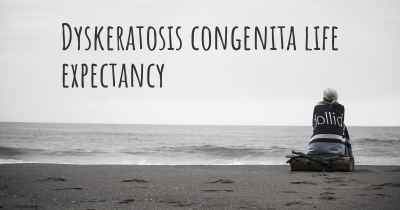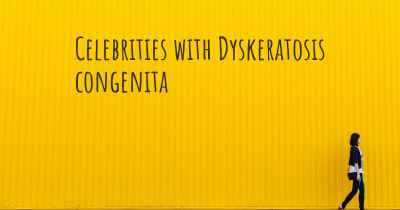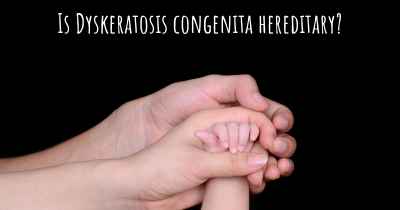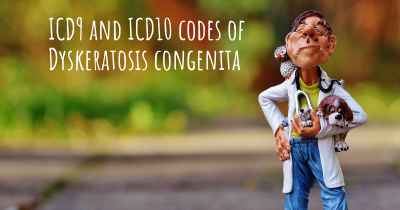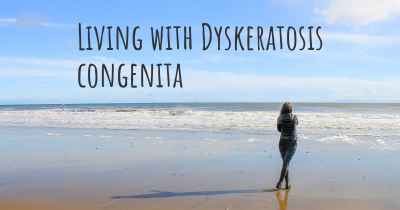What is the history of Dyskeratosis congenita?
When was Dyskeratosis congenita discovered? What is the story of this discovery? Was it coincidence or not?
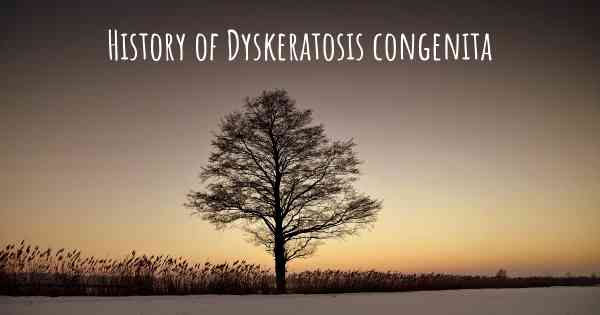
Dyskeratosis congenita (DC) is a rare genetic disorder that affects multiple systems in the body, primarily the skin, nails, and bone marrow. It was first described in medical literature in 1906 by a German dermatologist named Zinsser, who observed a family with several members exhibiting similar clinical features.
DC is characterized by a triad of clinical findings:
- Dysplastic nails: Individuals with DC often have abnormally shaped or absent nails. Nail dystrophy can range from mild ridging to complete absence of nails.
- Lacy reticular skin pigmentation: A distinctive reticular pattern of hyperpigmentation, resembling lace, can be seen on the neck, upper chest, and other sun-exposed areas of the skin. This pigmentation is more prominent in fair-skinned individuals.
- Oral leukoplakia: White patches or plaques can develop on the mucous membranes of the mouth, including the tongue, gums, and inner cheeks. These lesions can be painful and increase the risk of developing oral cancer.
Over time, researchers discovered that DC is not limited to these three features and can affect various organs and systems, including the bone marrow, lungs, liver, and gastrointestinal tract. The severity and progression of symptoms can vary widely among affected individuals.
Genetic studies have revealed that DC is a heterogeneous disorder with multiple underlying genetic causes:
- DKC1 gene mutation: The majority of DC cases (approximately 50-60%) are caused by mutations in the DKC1 gene, which encodes a protein called dyskerin. Dyskerin is involved in the maintenance of telomeres, the protective caps at the ends of chromosomes. Telomeres play a crucial role in preserving the stability and integrity of the genome.
- TERC and TERT gene mutations: Mutations in the TERC and TERT genes, which are also involved in telomere maintenance, account for a significant proportion of DC cases.
- Other gene mutations: Mutations in several other genes, including TINF2, NOP10, NHP2, and WRAP53, have been identified in a smaller percentage of DC cases.
DC is inherited in an X-linked recessive, autosomal dominant, or autosomal recessive manner, depending on the specific genetic mutation involved. X-linked DC primarily affects males, while autosomal forms can affect both males and females.
The history of understanding DC has been marked by significant milestones:
- Early recognition: In the early 20th century, DC was recognized as a distinct clinical entity due to the efforts of dermatologists and hematologists who observed affected families and documented their findings.
- Identification of telomere dysfunction: In the 1990s, researchers discovered that DC is associated with telomere dysfunction. Telomeres, composed of repetitive DNA sequences, were found to shorten with each cell division. This discovery provided a crucial link between DC and the aging process.
- Discovery of causative genes: In the late 1990s and early 2000s, the identification of mutations in the DKC1, TERC, and TERT genes provided insights into the molecular basis of DC. These discoveries paved the way for genetic testing and counseling for affected individuals and their families.
- Expanded clinical spectrum: As more cases of DC were reported and genetic testing became more accessible, researchers recognized that the clinical spectrum of DC extends beyond the classic triad of features. They identified additional clinical manifestations, such as pulmonary fibrosis, liver disease, and developmental abnormalities.
- Advances in treatment: While there is currently no cure for DC, advances in supportive care have improved the management of complications. Hematopoietic stem cell transplantation (HSCT) has shown promise in treating bone marrow failure associated with DC. Ongoing research aims to develop targeted therapies that address the underlying genetic defects.
In conclusion, Dyskeratosis congenita is a rare genetic disorder characterized by nail dystrophy, lacy reticular skin pigmentation, and oral leukoplakia. It is caused by mutations in various genes involved in telomere maintenance. The understanding of DC has evolved over time, leading to improved diagnosis, genetic counseling, and supportive care for affected individuals.
